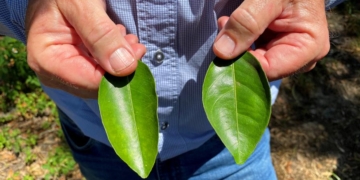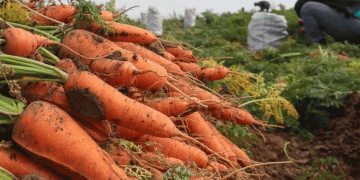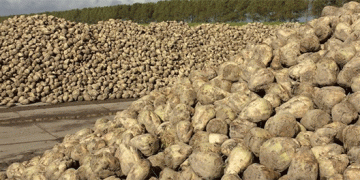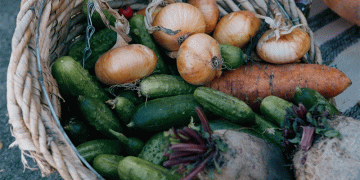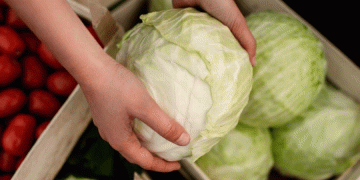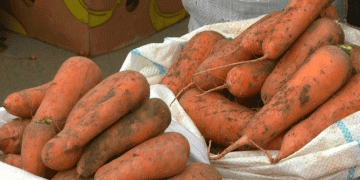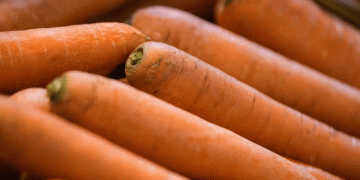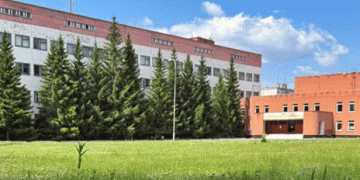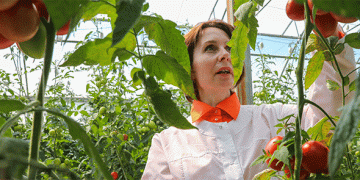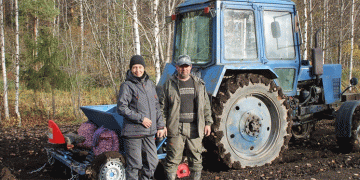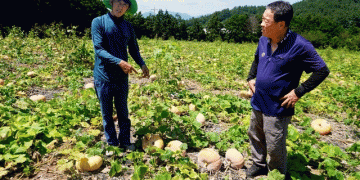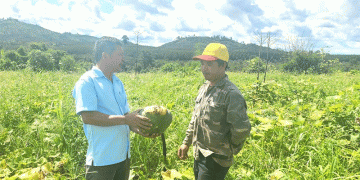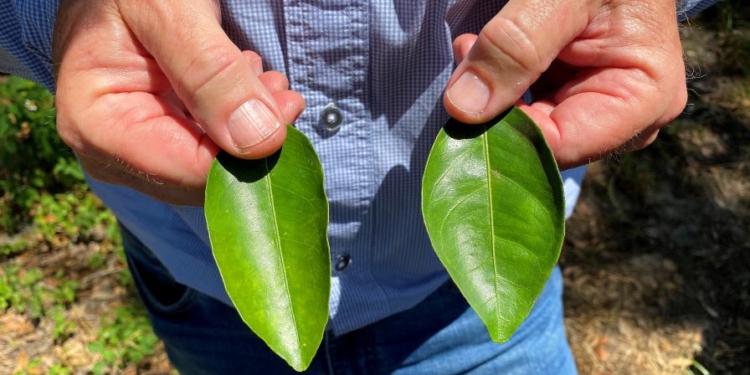Modern plant sap analysis is an emerging technology that you might have heard mentioned in conversation with your grower peers recently. The tool takes traditional tissue sampling to a higher level by providing much deeper insights into what’s happening in plants in order to make informed nutrition and fertilizer decisions.
Many call it a blood test for plants, in part because the samples pulled for sap analysis focus on the sap (xylem and phloem) in the vascular system of the petioles, leaves, and/or stems. Traditional tissue samples pull from the nutrients within the leaf tissue, or the historical accumulation of nutrients.
That is why proponents of the technology say sap analysis gives you an edge over tissue sampling. In simple terms, where traditional tissue samples provide a snapshot of the right now in the plant, sap analysis can peek into the inventory of nutrients and provide a forward look at where nutritional elements will be in the days and weeks ahead — four to six weeks in some cases. And it’s a more comprehensive test. You can get a read on up to 23 different essential nutrients and nutritional indicators.
Teaching Tool
Agro-K, a manufacturer of foliar nutrition and biological products, began pulling sap analysis samples for its customers in 2015. Jeff Glass, Southern Business Development Manager for the company, has pulled and analyzed nearly all of those samples in Florida. The technology has been used in citrus and other crops like strawberries, tomatoes, and watermelon.
Agro-K pulls and ships the samples for analysis all the way to the Netherlands. Only a handful of other laboratories globally provide sap analysis services.

Sap analysis can help you adjust nutrient applications to keep the plants’ nutrition in a state of balance. Report results indicate if elements are deficient, optimum, or excessive. Glass says an element that is in excess can be just as detrimental as one that is deficient. For example, in citrus, if nitrates are excessive, the tree must metabolize the nutrient whether it needs it or not. That means further stress on a tree already stressed from the effects of HLB. Certain elements, if too high, will bind up the availability of other elements in the plant. Cumulative data from samples suggests stress of excessive nutritional elements could lead to increased fruit drop in citrus.
Growers Getting on Board
While it’s still only in the early days of adoption, more growers are beginning to integrate sap analysis into their fertility management programs. One is strawberry grower Dustin Grooms, Farm Manager at Fancy Farms in Plant City, FL. He utilizes grid soil sampling to apply ground fertilizer using variable rates based on the results.
“We are learning a lot through sap analysis about nutrients, timing of applications, and what the crop needs,” Grooms says. “It is cutting edge. You can really save money once you start doing that by giving the plant only what it needs and not buying a fertilizer and applying it just because that’s what you have always done. We typically shoot for a certain amount of nitrogen, potassium, and phosphorus based on University of Florida and BMP [best management practices] recommendations. Then from that baseline foundation, we use sap analysis to really dial in the nutrition on what the plant needs. The analysis directs our in-season foliar and fertigation applications.”
Bryan Paul Jr. of Bob Paul Groves started using sap analysis to get a better handle on field trials he was conducting.
“This was the first season I’ve used sap analysis,” he says. “I have been conducting trials on various fertilizer products but using traditional tissue analysis. My results were so inconsistent, it was difficult to make any sense of the product performance in the trial. With sap analysis, I am getting much more accurate results that are consistent from one report to the next.”
He also noticed the analysis would show deficiencies of nutrients before they showed visually on the tree.
“We are seeing that mostly with the minor elements like zinc, iron, and manganese,” he says. “We are able to catch that early and address it, and we can tell a difference in the trees’ response from last season.
“With more accurate readings, we are balancing out nutrition. We are backing off on nitrogen applications and even some on potassium. We plan to continue to use sap analysis, because I believe we will see cumulative benefits over time as we balance nutrition in these trees.”
Maurice Turgeau of Thayer Citrus began using sap analysis in 2019. He says the ability to get a preview of the tree’s needs in advance has stood out since he’s been using the tool.
“We get the report and see things happening in a couple or three weeks that need to be addressed now,” he says. “If we wait for that amount of time, we’ve missed the opportunity to address it in a proactive way. Using traditional tissue analysis, it felt like we were always chasing our tails when it comes to fertility decisions.”
He has also learned there’s a time to back off on some of the nutrients being applied and pay more attention to minor elements.
“We have backed off on our liquid fertilizer applications because we were seeing our nitrate levels were way too high,” he says. “Now we are looking at elements we’ve never really paid much attention to before like silica, molybdenum, and cobalt. We are realizing maybe they are more critical than we thought.
“Also, sap analysis is showing us how excesses and deficiencies of elements can start a cascade effect of other problems in the plant. You know the old adage, the straw that broke the camel’s back. It was not that one straw; it was the total weight of all those straws. We continue to learn how all these elements play into the health of the tree. The data we are collecting over time is changing the recommendations on what is the right rate for various nutrients based on how trees react. These data points and how we react reminds me of the process of artificial intelligence.”

After using sap analysis for a full season to guide nutrient decisions, Turgeau says he can see it in the trees. “Trees look healthier, we had a slightly better yield this season, and we are seeing better fruit retention,” he says.
How Are Sap Samples Pulled?
Pulling a sap analysis is a little different process than a traditional tissue sample. Soil samples still are required when using sap analysis and set the foundation for the inventory of nutrients in the soil. Often traditional tissue samples are pulled at the same time as sap analysis for comparison purposes, although they are not necessary.
Sap analysis requires the collection of mature leaves and young leaves. This shows the active mobility of up to 23 different elements being analyzed. Take phosphorus for example: the young leaf might show a higher level, but the older leaf could show a lower phosphorus concentration. If the concentration in the older leaf is below the level of concentration in the young leaf, the analysis is showing a deficiency in phosphorus. In that case, the young leaves are pulling the nutrient away from the old leaves.
In addition, samples must be pulled in the morning hours — from sunup until about 10 a.m. — before the plant’s vascular system “wakes up” in the sunlight. Leaves must be kept dry and cool prior to shipping for analysis, but not frozen because that damages the vascular structures. About 80 grams worth of both young and old leaf material must be collected. In citrus, that is about 55 to 60 leaves per sample.
